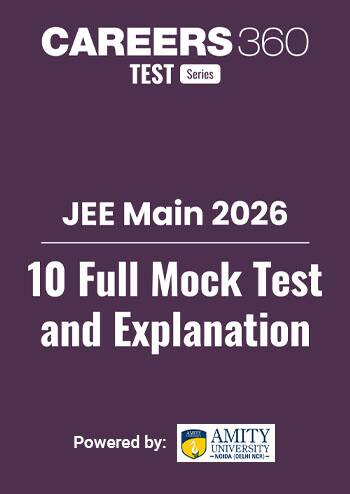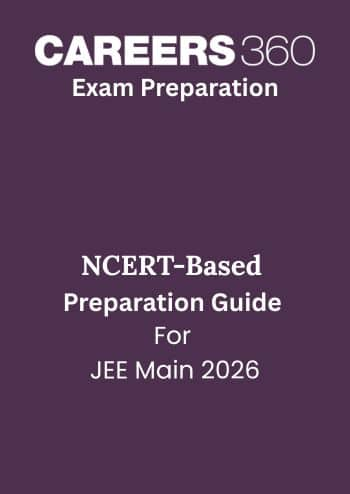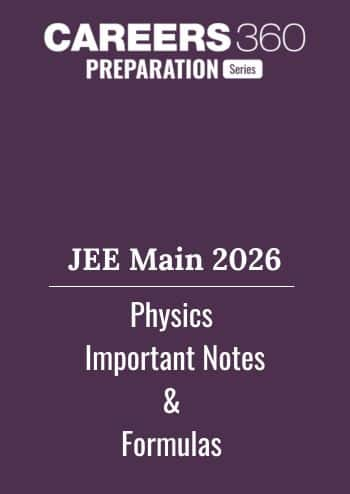Reflection And Transmission Of Waves On A String - Practice Questions & MCQ
Quick Facts
-
14 Questions around this concept.
Solve by difficulty
A wave is reflected from a rigid support. The change in phase on reflection will be
To decrease the fundamental frequency of stretched string at both ends fix, one might
The equation of a plane progressive wave is given by $y=0.6 \sin 2 \pi\left(t-\frac{x}{2}\right)$. On reflection from a denser medium, its amplitude becomes $\frac{2}{3}$ the amplitude of the incident wave. Then the equation of reflected wave is:
Latest: Free All-India JEE Main 2026 Mock Test - Attempt Now
JEE Main Sample Papers: Physics | Chemistry | Maths | Top 30 Repeated Questions
JEE Main QP & Mock: Previous 10 Year Questions | Chapter Wise PYQs | Mock test Series
JEE Main Most Scoring Concept: January 2025 Session | April 2025 Session | Overall
For a perfect reflector the reflecting power is equal to-
Concepts Covered - 1
When waves are incident on a boundary between two media a part of incident waves returns back into the initial medium ( reflection ) while the remaining is partly absorbed and partly transmitted into the second medium ( refraction ).
Boundary conditions :
Assuming no transmission, no absorption and energy lost when a wave hits the boundary.
1. Rigid end: when the incident wave reaches a fixed end, it exerts an upward pull on the end, according to Newton's 3rd law at fixed end it exerts an equal and opposite downward force on the string. It results an inverted pulse or phase change of .
Crest (C) reflects as trough(T) and vica-versa, Time changes by $\frac{T}{2}$ and path changes by $\frac{\lambda}{2}$.

2) Free end: when a wave or pulse is reflected from a free end, then there is no change of phase (as there is no reaction force).
crest (C) reflects as the crest (C) and trough (T) reflects as a trough(T), Time changes by zero and path changes by zero.
Study it with Videos
"Stay in the loop. Receive exam news, study resources, and expert advice!"













